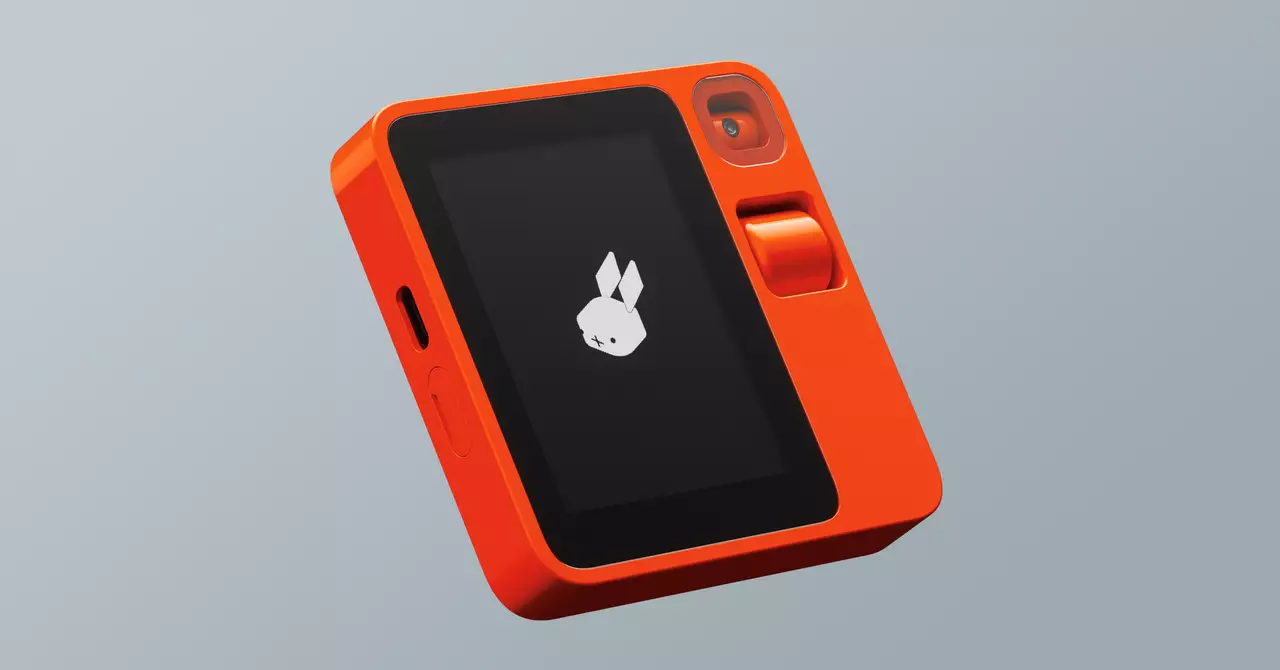Rabbit’s latest innovation, the R1, is not just another tech gadget. It introduces a groundbreaking feature called Teach Mode, which allows users to interact with their devices in a whole new way. By leveraging the R1’s camera, users can teach the device how to complete specific tasks simply by providing visual instructions. This feature has the potential to revolutionize the way we interact with technology by saving time and reducing hassle.
Limitations and Challenges
Despite its impressive capabilities, the R1 is still in its early stages of development. Features like Teach Mode are not yet available to the general public, and when they are, Rabbit plans to conduct beta testing with a limited group of users. Additionally, the current lineup of third-party app integrations is quite limited, with only a few services like Uber, DoorDash, Midjourney, and Spotify available. This raises questions about the R1’s ability to replace traditional apps effectively.
Rabbit’s ultimate goal with the R1 is to eliminate the need for traditional apps altogether. Instead of navigating through multiple icons on a screen, users can simply instruct the R1 to handle various tasks with a push of a button. While this may sound like a smartphone’s capabilities, Rabbit aims to go beyond by focusing on voice commands and intuitive computing. The concept of a computer that understands user input without the need for apps is ambitious, and Rabbit’s vision for wearable devices and generative user interfaces adds an intriguing layer to the technological landscape.
Looking ahead, Rabbit plans to introduce a wide range of new features for the R1, including an alarm clock, calendar, contacts, GPS, memory recall, travel planning, and more. In addition, integrations with popular music services like Amazon Music and Apple Music are in the works, along with partnerships with companies like Airbnb, Lyft, and OpenTable. Rabbit’s vision also extends to the development of an AI-native desktop operating system called Rabbit OS, which promises to offer a personalized experience with a voice assistant at its core. While these developments hold promise for the future of technology, the question remains: how will Rabbit address the challenges and limitations of current technologies?
Rabbit’s R1 represents a bold step towards a future where technology seamlessly integrates into our daily lives. With innovative features like Teach Mode and a vision for intuitive computing, Rabbit is poised to redefine the way we interact with digital devices. While there are still challenges to overcome and questions to address, the potential for the R1 to transform the technology landscape is undeniable. As we look towards the future, Rabbit’s vision for wearable devices, generative user interfaces, and AI-native operating systems offers a glimpse into the possibilities of tomorrow’s technology.


Leave a Reply